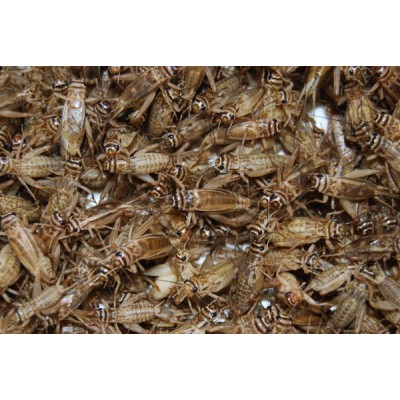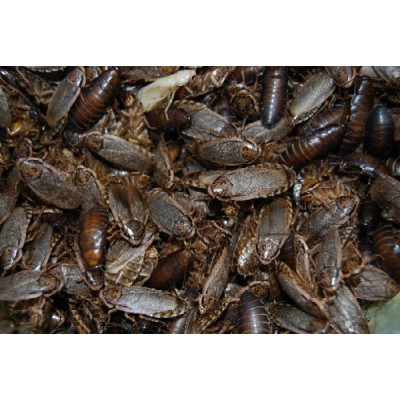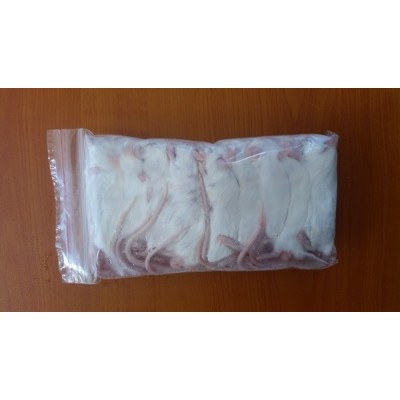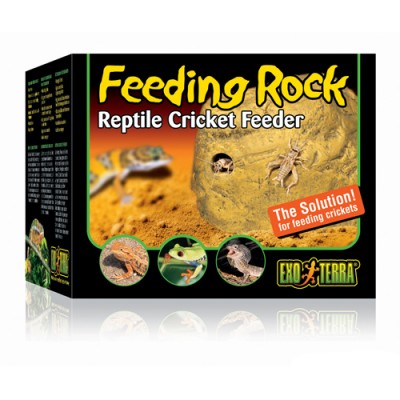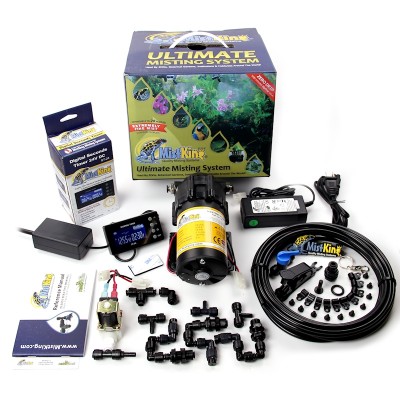Jewelled Velvet Gecko (Caresheet)
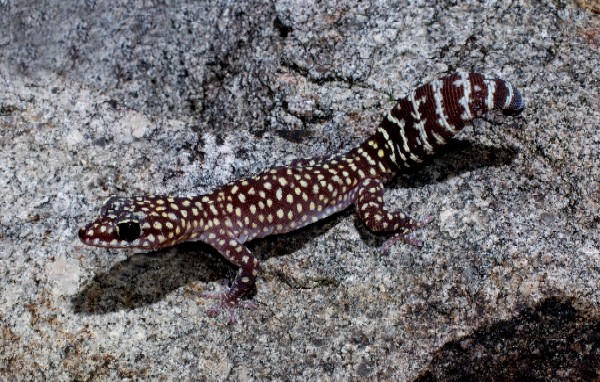
CAPTIVE HUSBANDRY
Like most velvet geckos, the Jewelled Velvet Gecko (Oedura gemmata) is very easy to maintain in captivity. Being a tropical species they have a slightly higher heat requirement than some of the other species, especially during winter if maintained in the southern states. A heat pad or low wattage bulb providing a hot spot of about 35-36°C should be adequate especially if the heat source warms a rock that the geckos can 'bask' on at night to raise their body temperature. In winter cage temperatures shouldn't drop below the mid-teens though the hot spot can be reduced to around 30°C. They are generalistic invertebrate eaters so will take almost anything offered of appropriate size including the usual fare of crickets, cockroaches, small mealworms, etc. Feeding should be carried out 2-3 times a week for adults, 3-4 times a week for juveniles and this can be reduced to once every 7-10 days over the cooler months when the enclosure should also be kept drier. Summer is the wet season in the tropics so a thorough spraying of the cage with water in the late afternoon every couple of days would be ideal.
CAPTIVE BREEDING
Female jewelled velvets will produce 3-4 clutches of eggs in a season as long as their condition is good at the start and food supplies are maintained throughout summer. Regular dusting of the food with a calcium/multivitamin mix will assist with maintaining the female's health and the production of good strong-shelled eggs. Mating usually begins in mid- to late spring with the clutches of two eggs beginning about a month later. Provide a laying container with an access hole cut into the top or side containing a 3-4cm layer of moist substrate such as sand, coco peat or sphagnum moss. As long as this substrate is never allowed to dry out completely it won't matter if clutches of eggs are not located for a few days after laying. Eggs are incubated in the normal at 28-29°C and usually take about 65 days to hatch. Hatchlings will shed their skin in the first 48 hours of emerging and will start to feed on small crickets a couple of days later. Make sure the babies are kept well hydrated by regular light spraying of their enclosure making sure it dries out between each spraying.
- All images property of Gunther Schmida & Rob Porter
OpenCart Maintenance
© Copyright 2001-2024 Livefoods Unlimited - All Rights Reserved
Tel: 0400464505 - livefoods@outlook.com - A.B.N 37 960 709 736

